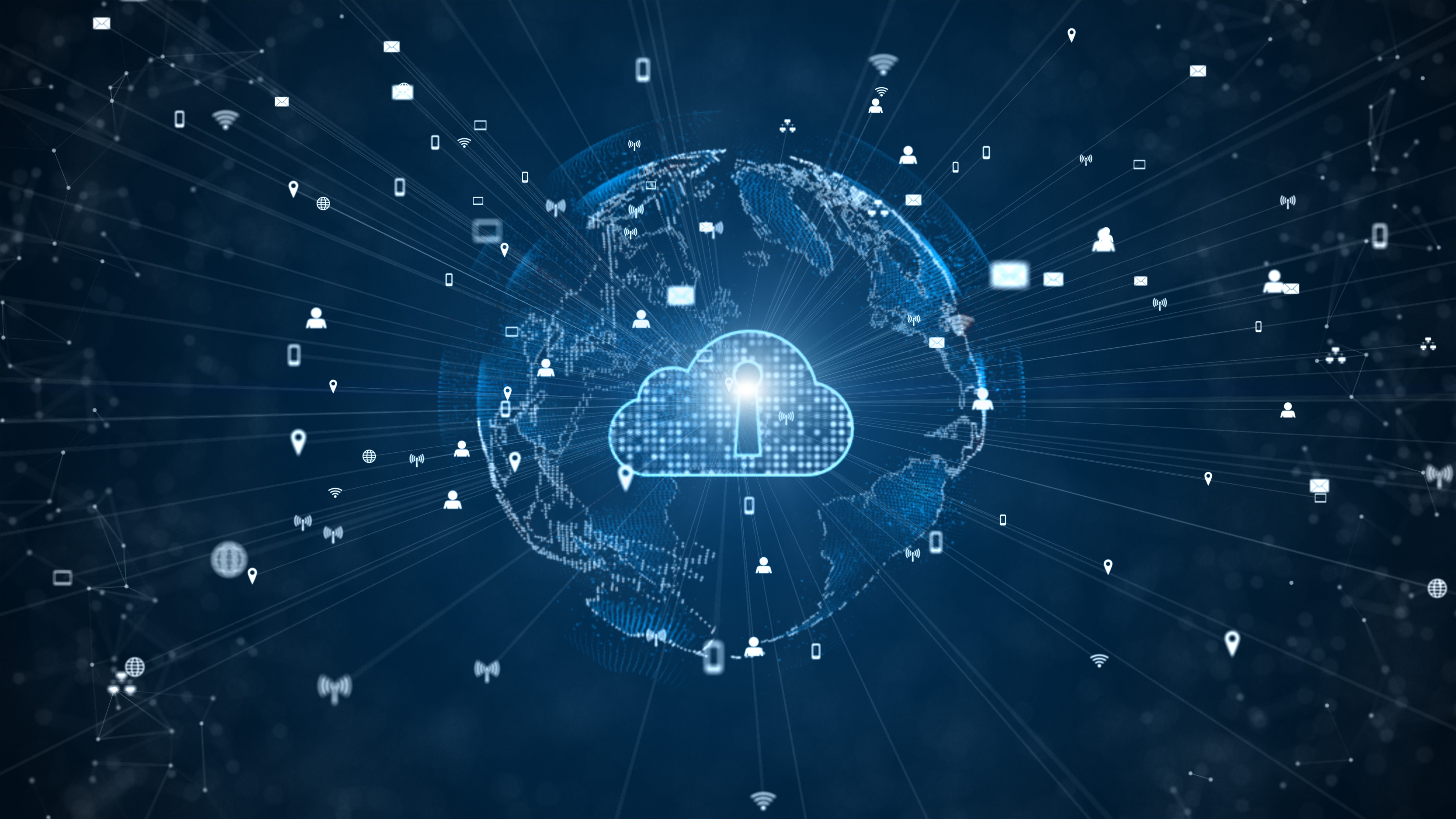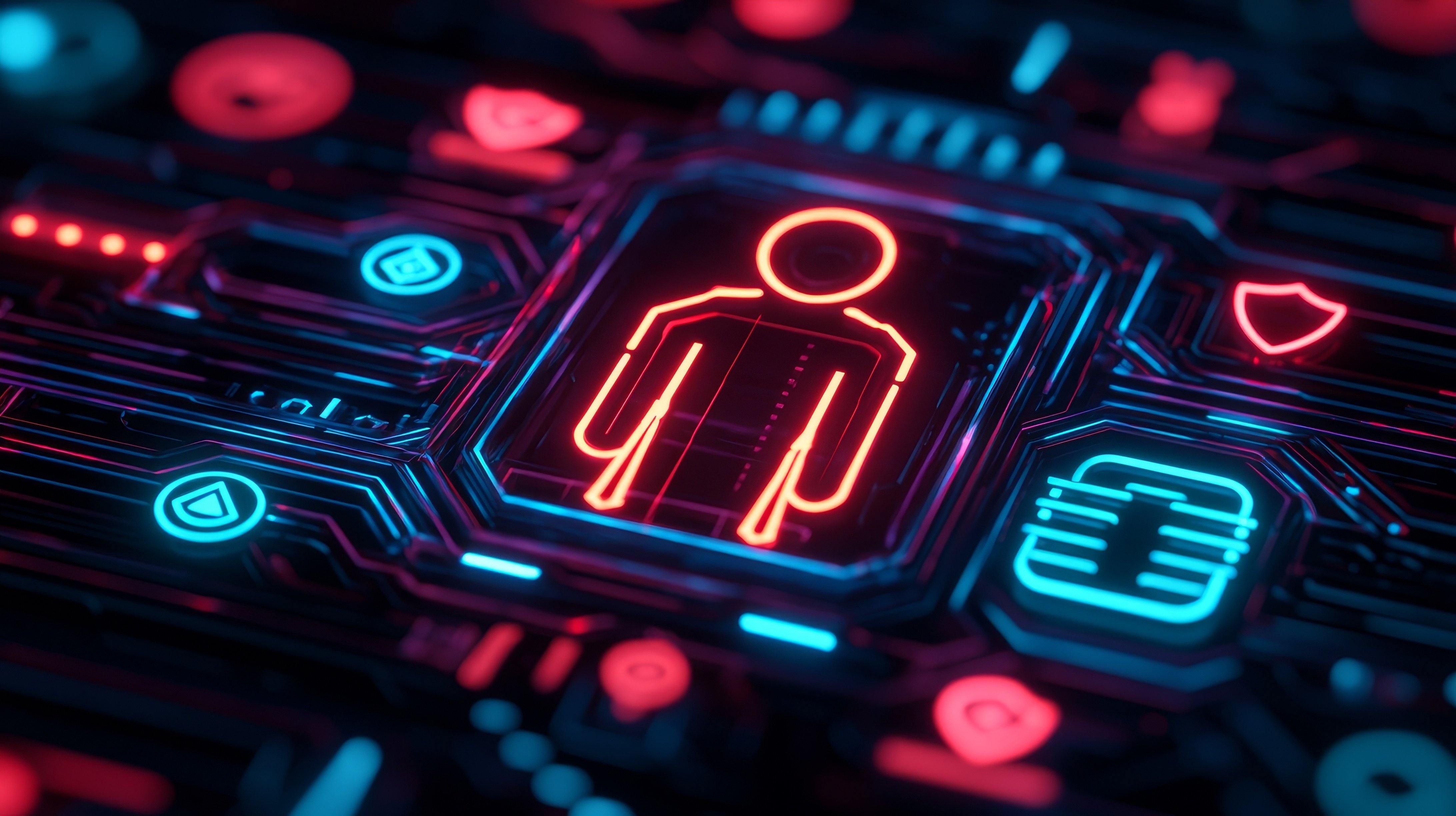With Google Cloud’s quiet roll out of a new AI-powered ransomware detection feature inside Google Drive for Desktop (Google Workspace, 2025) can artificial intelligence finally outpace ransomware?
A simple, clear premise drives this feature: stop ransomware at the point of encryption, not after. When Drive detects suspicious file modifications, particularly targeting Office documents or common Windows file types, it halts sync, flags the activity, and gives users a chance to roll back to a clean state. No separate backup console. No third-party recovery software. No ransom. It’s on by default for Workspace users. It’s included in most plans at no extra cost. And it quietly resets expectations about what "secure by design" should look like in the age of AI-driven cybercrime.
Ransomware is now a routine crisis, disrupting hospitals, schools, manufacturers, and governments with clockwork precision. The stakes are higher, the attacks faster, and the recovery costs are brutal. These groups are increasingly using automation to probe vulnerabilities, jump systems, and even manipulate backups. That speed has outpaced many traditional defenses. Endpoint protection often detects threats only after the damage is done. Backups, while essential, are time-consuming to restore and vulnerable themselves if not properly air-gapped. In other words, prevention is once again the gold standard, but it must be intelligent.
Google’s approach leans into that. Its detection engine is trained on millions of ransomware samples from VirusTotal, its vast threat intelligence platform. It watches for real-time behavioral signals, not just known malware patterns. And when it detects encryption being used in ways that don’t align with user intent, it intervenes.
In a blog post, Luke Camery, lead group product manager, Google Docs, and Kristina Behr, vice president, product management, Google Workspace, wrote that the company has developed “an entirely new layer of defense.”
While AV solutions will continue “to stop ransomware from getting in,” they said, “we’ve built the protections to stop it from being effective once it is, inevitably, through the door.”
What makes this especially interesting is what it suggests about the future of cloud security architecture. Rather than adding another layer of reactive tooling, Google is embedding intelligent defense directly into the productivity layer, right where risk lives.
Compare that to how many organizations still handle ransomware today: alerts routed through EDRs, ticketed into overloaded IT queues, and addressed only after hours of damage have accumulated. By then, sync tools have spread the infection, files have been locked, and recovery becomes costly, if not impossible Now imagine a world where that threat never leaves the local machine. Where cloud systems can say: “Something’s wrong here,” and stop it before it spreads.
Of course, this isn’t a silver bullet. The detection relies on signals, and it’s not infallible. Sophisticated attackers may still find ways to evade, especially if they move more slowly or mimic legitimate encryption. And as always, this doesn't remove the need for a layered security strategy.
But what it actually does is reframe expectations. It shows that default cloud experiences don’t have to be passive. That ransomware defense doesn’t need to live only in expensive third-party add-ons or disaster recovery plans. And that cloud providers can (and arguably must) do more to protect users as threats evolve.
What this new layer offers is time. Time to recover. Time to respond. And time to rethink what should be standard in cloud defense.
.png?width=1816&height=566&name=brandmark-design%20(83).png)



